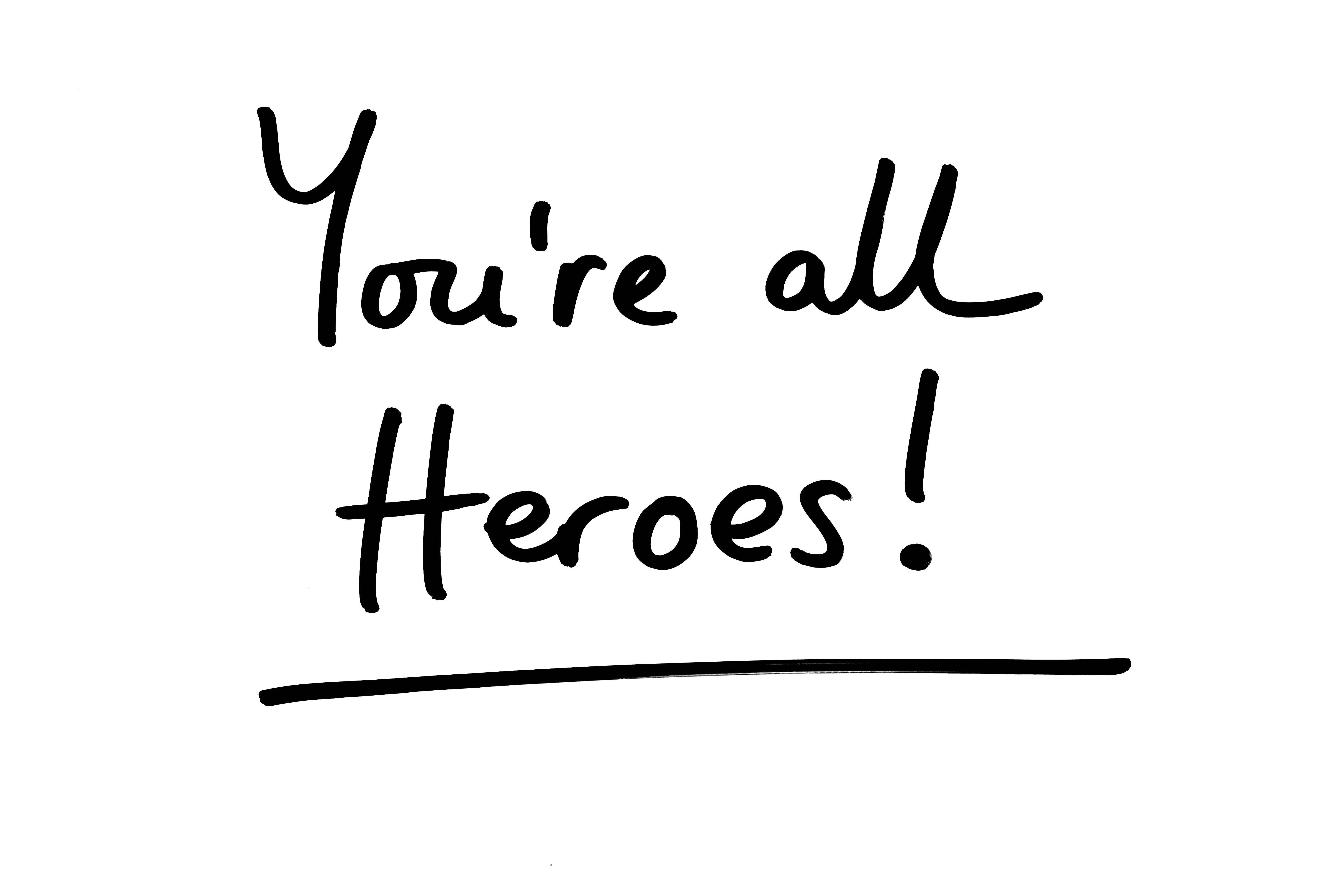Do You Need Help? Four Words that Show You Care
When you read this, I have no doubt a few hands went up. Who working in Senior Care these days does not need help?
I'm not going to talk about the gravity of staffing shortages. That would be nothing new and not the point of this article. So instead, I hope that our readers pick up a few pointers that help you solve a problem.
From a leader/employee perspective, let's look at the value of the question "Do you need help?"
Last year one of our team members here at AGE-u-cate was caring for her father, who had an unexpected and sudden onset of serious health events. In addition to helping her elementary-age students while schools went virtual, the day-to-day challenges of caring for her father became overwhelming. She is a dedicated team member, passionate about our mission, and was now living it herself. She was exhausted but continued to deliver work with her available time.







